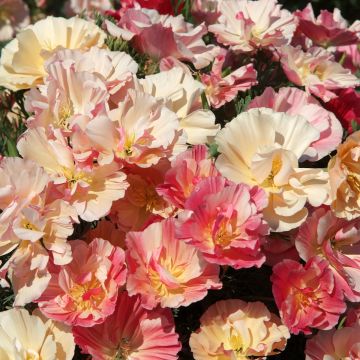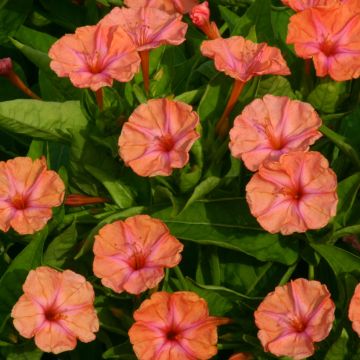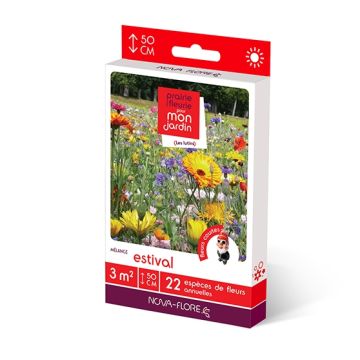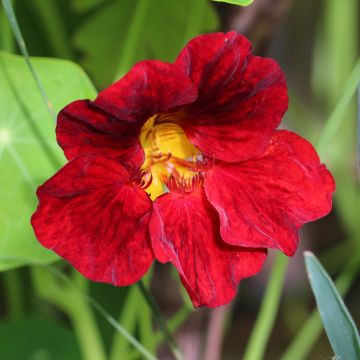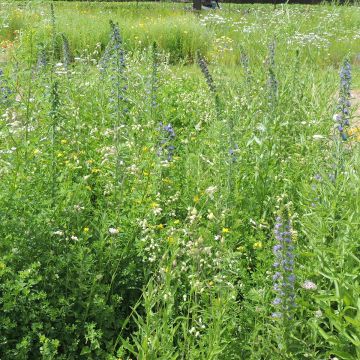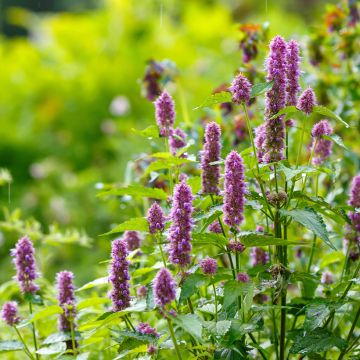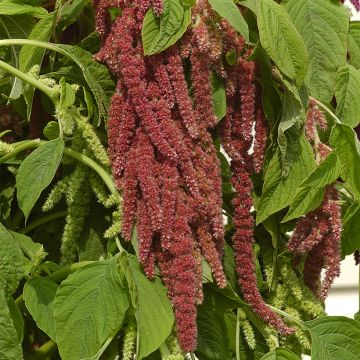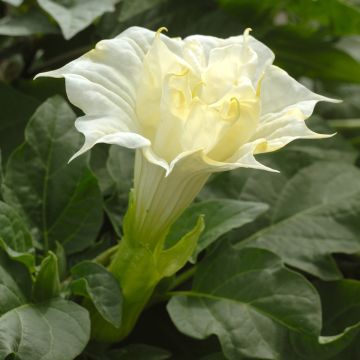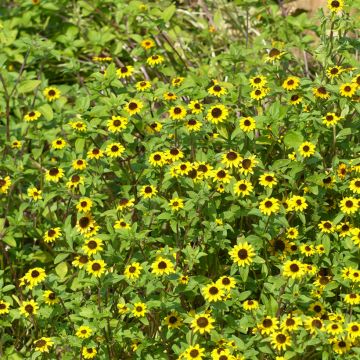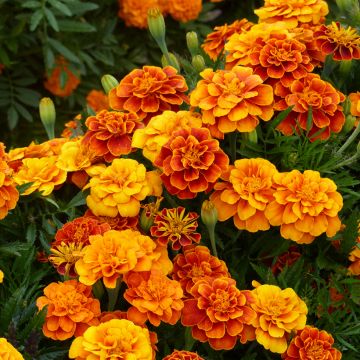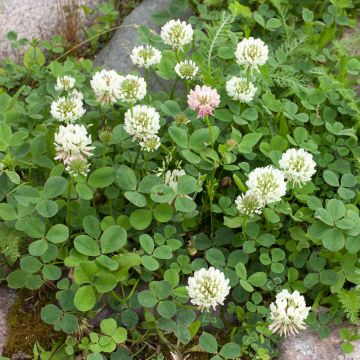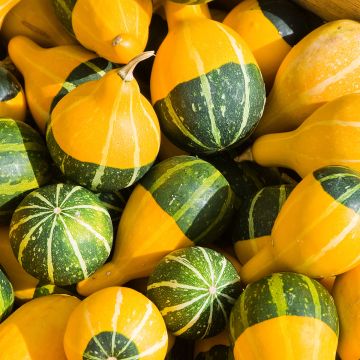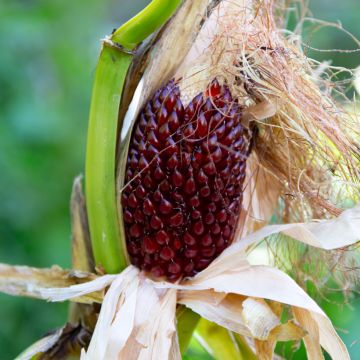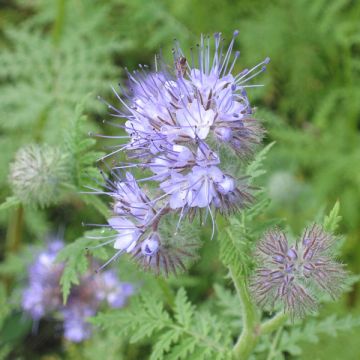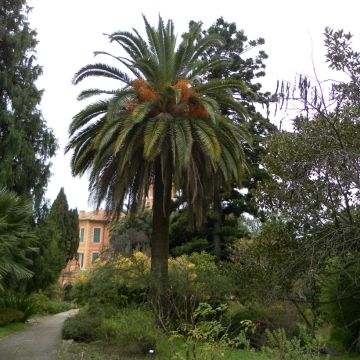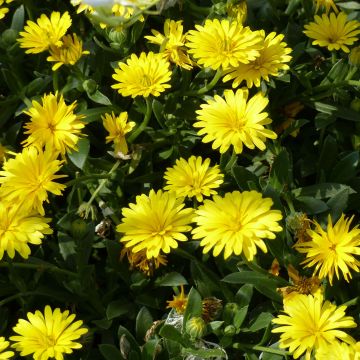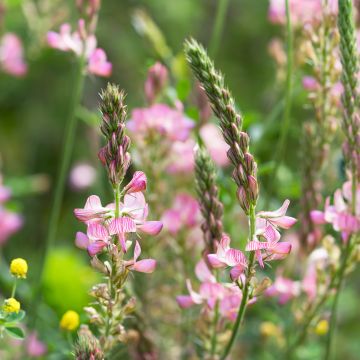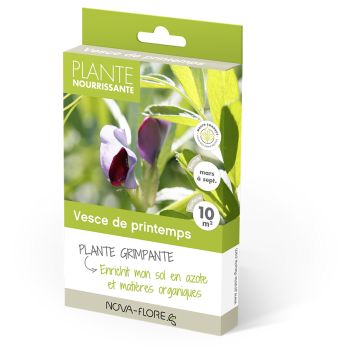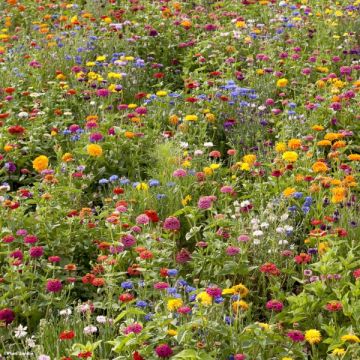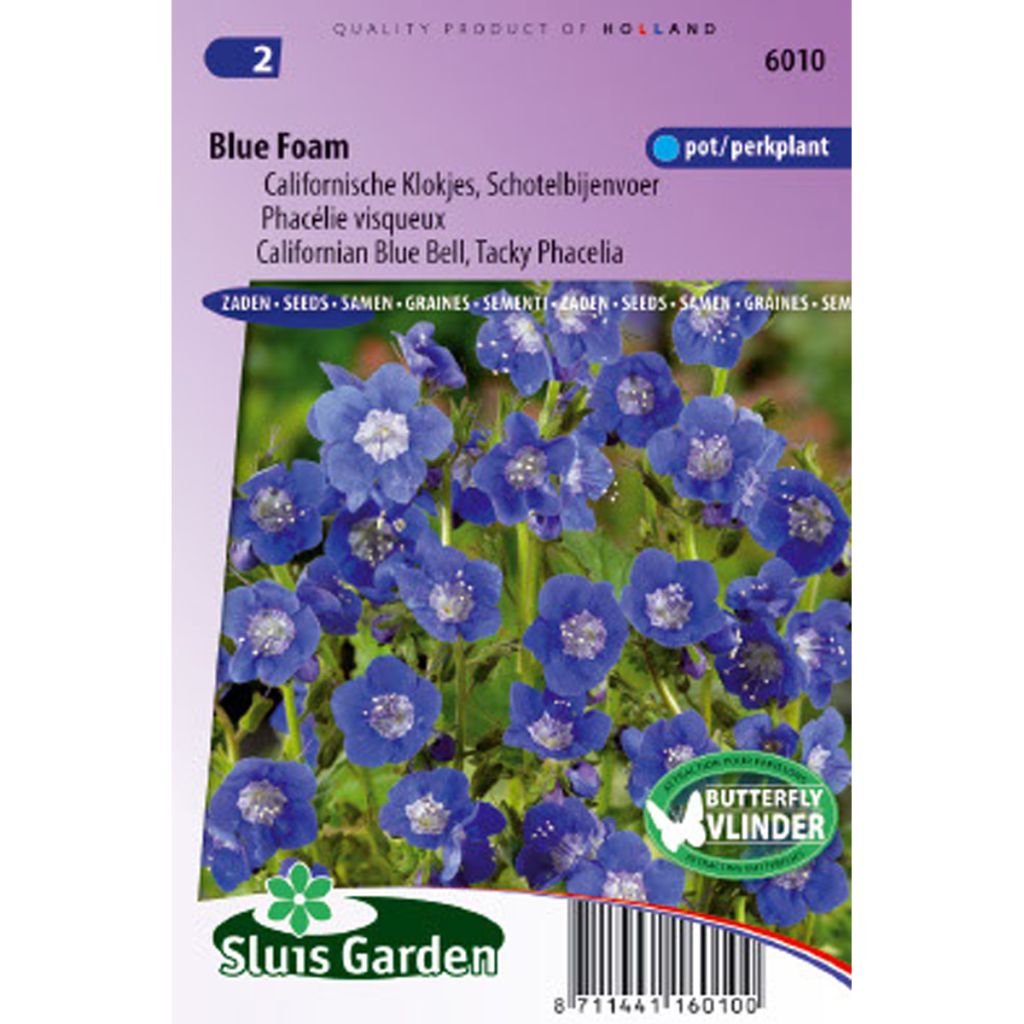

Californian Blue Bell Blue Foam Seeds - Phacelia viscida compacta
Californian Blue Bell Blue Foam Seeds - Phacelia viscida compacta
Phacelia viscida compacta viscida compacta Blue Foam
Sticky Phacelia, Tacky Phacelia
The seeds were beautiful but I didn't sow them in good soil, the cat came and scratched...they couldn't germinate.
Annie, 26/10/2022
This item cannot be shipped to the selected country
Dispatch by letter from €3.90
More information
Schedule delivery date,
and select date in basket
This plant carries a 6 months recovery warranty
More information
We guarantee the quality of our plants for a full growing cycle, and will replace at our expense any plant that fails to recover under normal climatic and planting conditions.
Seed-only orders are dispatched by sealed envelope. The delivery charge for seed-only orders is €3.90.

Does this plant fit my garden?
Set up your Plantfit profile →
Description
Phacelia viscida compacta Blue Foam also called Californian Blue Bell, is a small, very bright annual plant that is noteworthy for its magnificent, scented, deep gentian blue flowers, lit up by white centres but also because it attracts very useful insects to the garden and enriches the soil in which it grows. It quickly forms a small clump of slightly sticky, drought-resistant foliage. This plant is perfect for natural gardens and will creep into perennial beds, flowering meadows and will anchor the soil on slopes. It is easy to grow in any well-drained soil, in the sun.
Californian Blue Bell or sticky phacelia or tacky phacelia, is an annual herbaceous plant belonging to the Boraginaceae family. California is the birthplace of this plant, that is both charming and useful for agriculture and beekeeping.
From spring onwards, it develops a clump of stems covered with glandular hairs that make the plant a little sticky. It has a very dense root system. Its growth is rapid. It reaches its adult size in 3 to 4 months, not exceeding 25 cm in height and 15 cm in width. Its foliage is composed of alternating leaves which are viscous to the touch. Flowering takes place from June to September, depending on the date of sowing. It is melliferous and nectar-rich. This plant is adorned with small, highly fragrant flowers measuring 1 cm in diameter that are grouped in scorpioid inflorescences, meaning that they appear as crooks that gradually unfurl as the flowers open. Their colour is an eye-catching gentian blue, splashed with a white centre with purple markings and white stamens.
Phacelia are interesting plants in more ways than one. Not only are they beautiful, they grow and flower everywhere, especially in areas where many others refuse to grow. It is a remarkable green manure in dry soils. In recent gardens or on barren slopes, they can quickly form beautiful, superbly coloured beds with other fast-growing plants such as sainfoin, indian pea, flax or perennial peas. Its beautiful foliage quickly smothers weeds and its extensive root system improves soil structure. Its flowers attract many insects which are very useful in fighting against crop pests and diseases. Phacelia is particularly recommended in orchards because it increases the populations of micro-hymenoptera that parasite butterfly eggs, including those of coddling moths. The plant also attracts a small wasp that parasitizes the apple woolly aphid.
Report an error about the product description
Flowering
Foliage
Plant habit
Botanical data
Phacelia viscida compacta
viscida compacta
Blue Foam
Boraginaceae
Sticky Phacelia, Tacky Phacelia
North America
Other Flower seeds A to Z
Planting and care
Sow phacelia from March to June, once winter has passed, but only when the soil has been cleared of all vegetation for at least 2 months. Roughly turn over the soil, remove weeds, add compost, gravel and coarse sand to clay soil. Bury the seeds to a depth of 0.5 cm and tamp down with a rake. Water regularly. The seed must be in the dark to germinate. Germination is very easy at 10 °C but is much more random from 20 to 30 °C. Phacelia seeds are dormant for at least two months minimum after harvest. They have a shelf life of three to six years. This plant should be planted in a sunny position. It is adapts to poor, stony, sandy soils and even those that are calcareous.
Sowing period
Intended location
-
, onOrder confirmed
Reply from on Promesse de fleurs
Flower seeds
Haven't found what you were looking for?
Hardiness is the lowest winter temperature a plant can endure without suffering serious damage or even dying. However, hardiness is affected by location (a sheltered area, such as a patio), protection (winter cover) and soil type (hardiness is improved by well-drained soil).

Photo Sharing Terms & Conditions
In order to encourage gardeners to interact and share their experiences, Promesse de fleurs offers various media enabling content to be uploaded onto its Site - in particular via the ‘Photo sharing’ module.
The User agrees to refrain from:
- Posting any content that is illegal, prejudicial, insulting, racist, inciteful to hatred, revisionist, contrary to public decency, that infringes on privacy or on the privacy rights of third parties, in particular the publicity rights of persons and goods, intellectual property rights, or the right to privacy.
- Submitting content on behalf of a third party;
- Impersonate the identity of a third party and/or publish any personal information about a third party;
In general, the User undertakes to refrain from any unethical behaviour.
All Content (in particular text, comments, files, images, photos, videos, creative works, etc.), which may be subject to property or intellectual property rights, image or other private rights, shall remain the property of the User, subject to the limited rights granted by the terms of the licence granted by Promesse de fleurs as stated below. Users are at liberty to publish or not to publish such Content on the Site, notably via the ‘Photo Sharing’ facility, and accept that this Content shall be made public and freely accessible, notably on the Internet.
Users further acknowledge, undertake to have ,and guarantee that they hold all necessary rights and permissions to publish such material on the Site, in particular with regard to the legislation in force pertaining to any privacy, property, intellectual property, image, or contractual rights, or rights of any other nature. By publishing such Content on the Site, Users acknowledge accepting full liability as publishers of the Content within the meaning of the law, and grant Promesse de fleurs, free of charge, an inclusive, worldwide licence for the said Content for the entire duration of its publication, including all reproduction, representation, up/downloading, displaying, performing, transmission, and storage rights.
Users also grant permission for their name to be linked to the Content and accept that this link may not always be made available.
By engaging in posting material, Users consent to their Content becoming automatically accessible on the Internet, in particular on other sites and/or blogs and/or web pages of the Promesse de fleurs site, including in particular social pages and the Promesse de fleurs catalogue.
Users may secure the removal of entrusted content free of charge by issuing a simple request via our contact form.
The flowering period indicated on our website applies to countries and regions located in USDA zone 8 (France, the United Kingdom, Ireland, the Netherlands, etc.)
It will vary according to where you live:
- In zones 9 to 10 (Italy, Spain, Greece, etc.), flowering will occur about 2 to 4 weeks earlier.
- In zones 6 to 7 (Germany, Poland, Slovenia, and lower mountainous regions), flowering will be delayed by 2 to 3 weeks.
- In zone 5 (Central Europe, Scandinavia), blooming will be delayed by 3 to 5 weeks.
In temperate climates, pruning of spring-flowering shrubs (forsythia, spireas, etc.) should be done just after flowering.
Pruning of summer-flowering shrubs (Indian Lilac, Perovskia, etc.) can be done in winter or spring.
In cold regions as well as with frost-sensitive plants, avoid pruning too early when severe frosts may still occur.
The planting period indicated on our website applies to countries and regions located in USDA zone 8 (France, United Kingdom, Ireland, Netherlands).
It will vary according to where you live:
- In Mediterranean zones (Marseille, Madrid, Milan, etc.), autumn and winter are the best planting periods.
- In continental zones (Strasbourg, Munich, Vienna, etc.), delay planting by 2 to 3 weeks in spring and bring it forward by 2 to 4 weeks in autumn.
- In mountainous regions (the Alps, Pyrenees, Carpathians, etc.), it is best to plant in late spring (May-June) or late summer (August-September).
The harvesting period indicated on our website applies to countries and regions in USDA zone 8 (France, England, Ireland, the Netherlands).
In colder areas (Scandinavia, Poland, Austria...) fruit and vegetable harvests are likely to be delayed by 3-4 weeks.
In warmer areas (Italy, Spain, Greece, etc.), harvesting will probably take place earlier, depending on weather conditions.
The sowing periods indicated on our website apply to countries and regions within USDA Zone 8 (France, UK, Ireland, Netherlands).
In colder areas (Scandinavia, Poland, Austria...), delay any outdoor sowing by 3-4 weeks, or sow under glass.
In warmer climes (Italy, Spain, Greece, etc.), bring outdoor sowing forward by a few weeks.

































